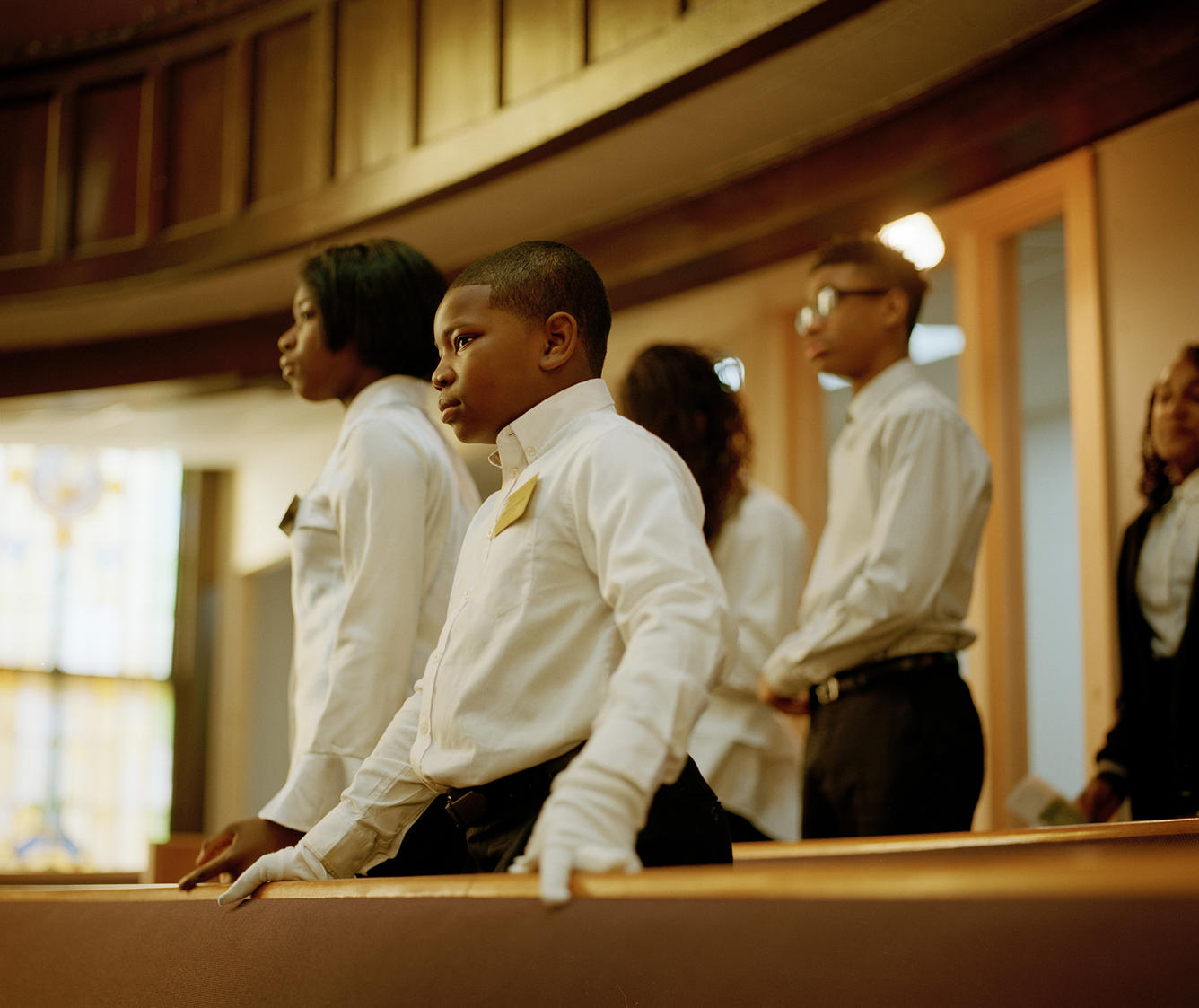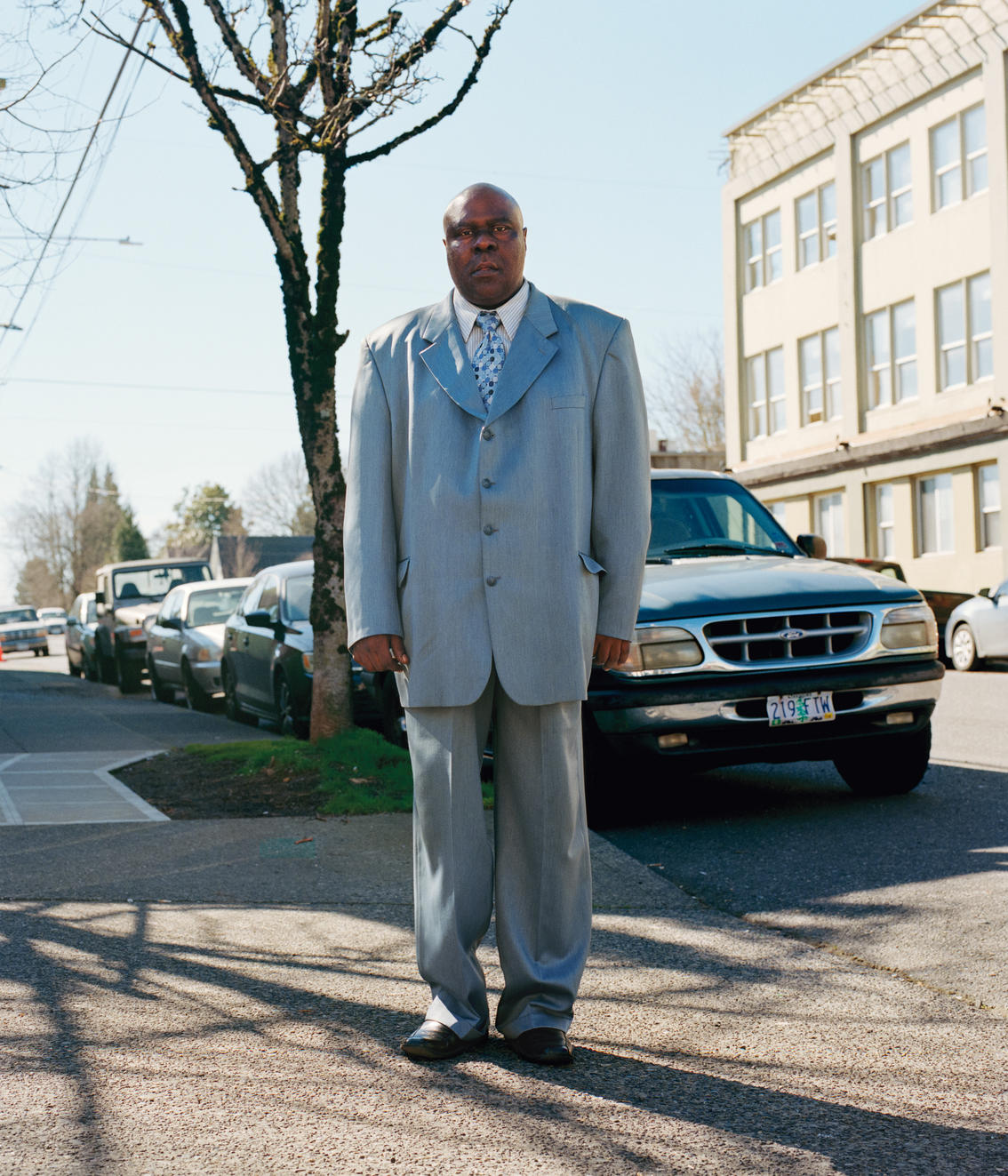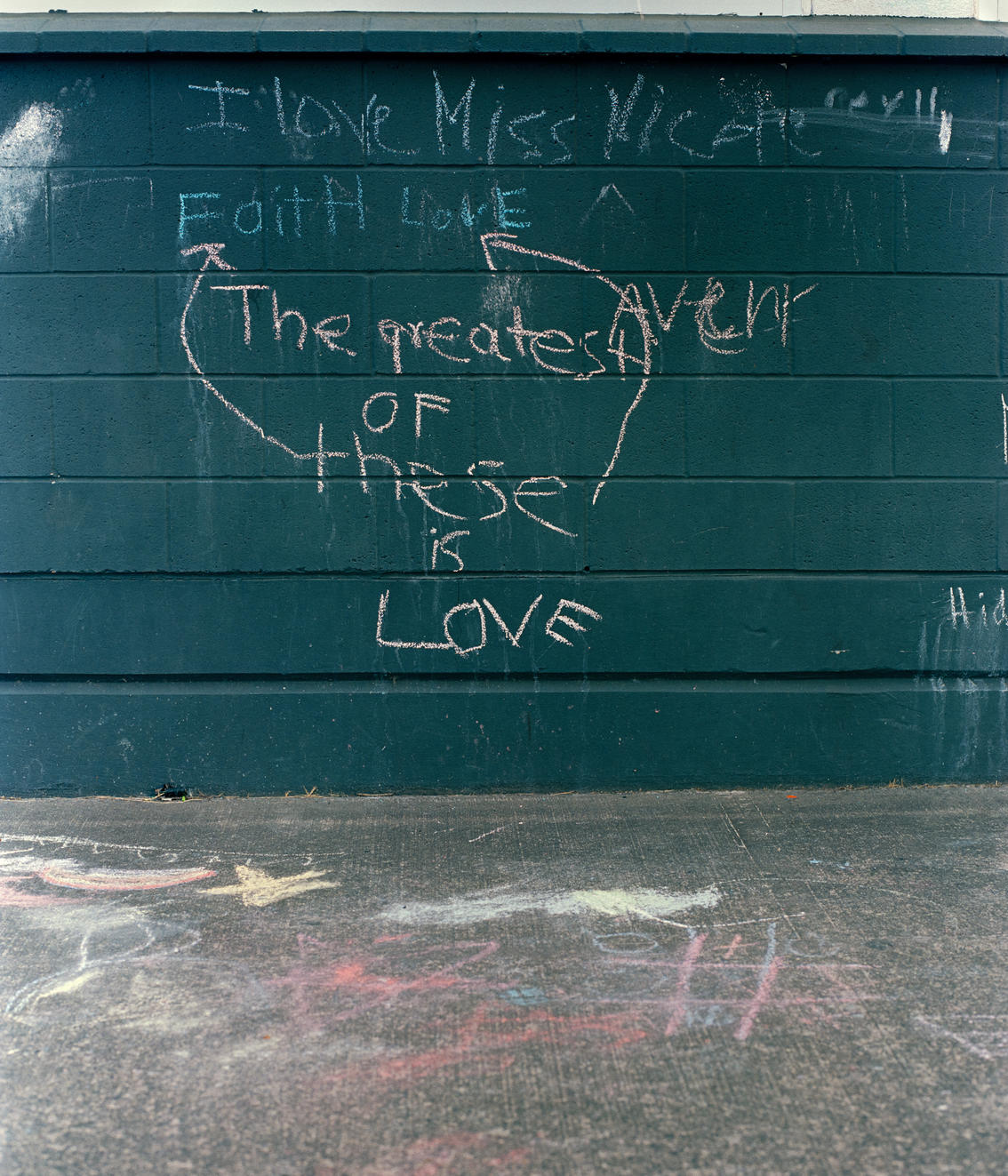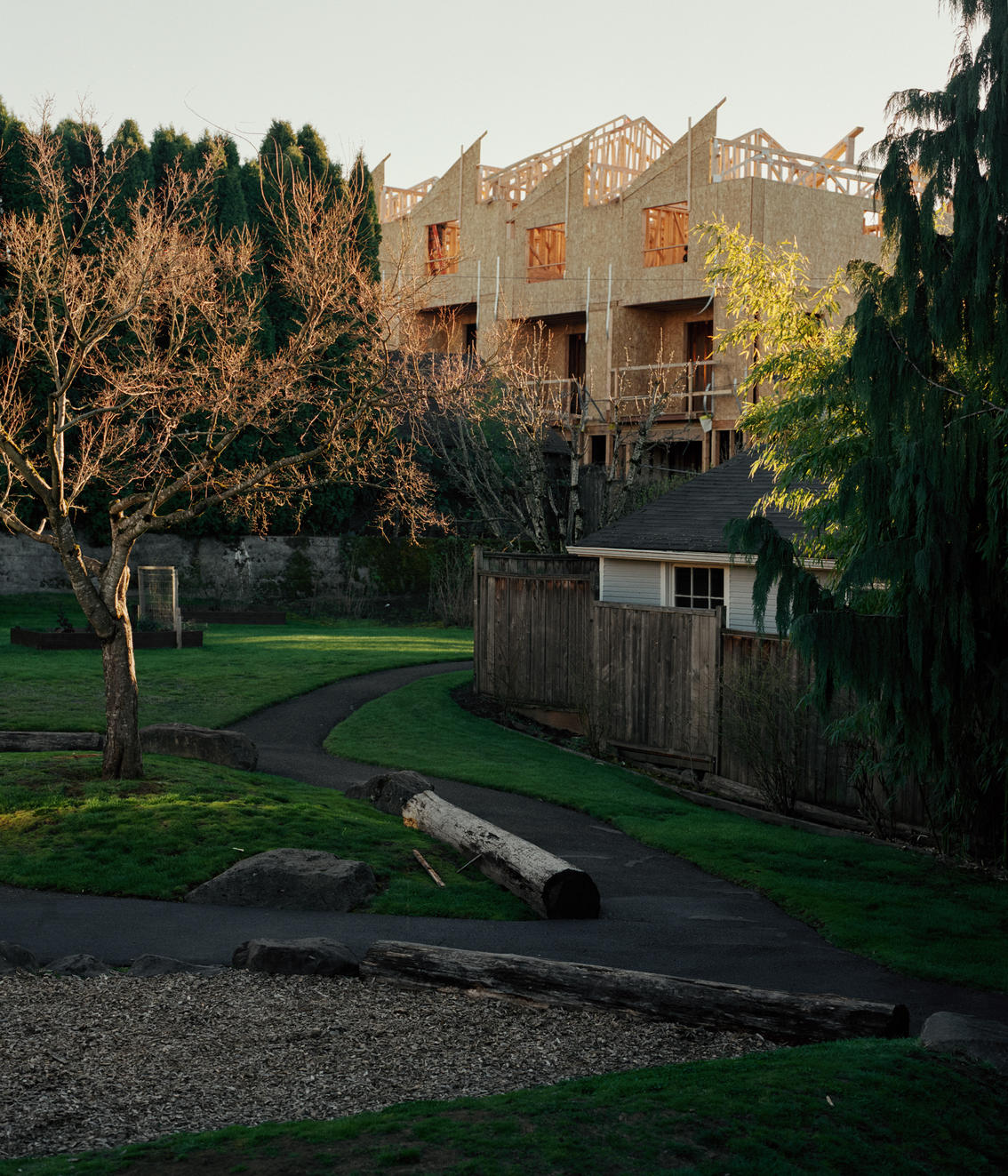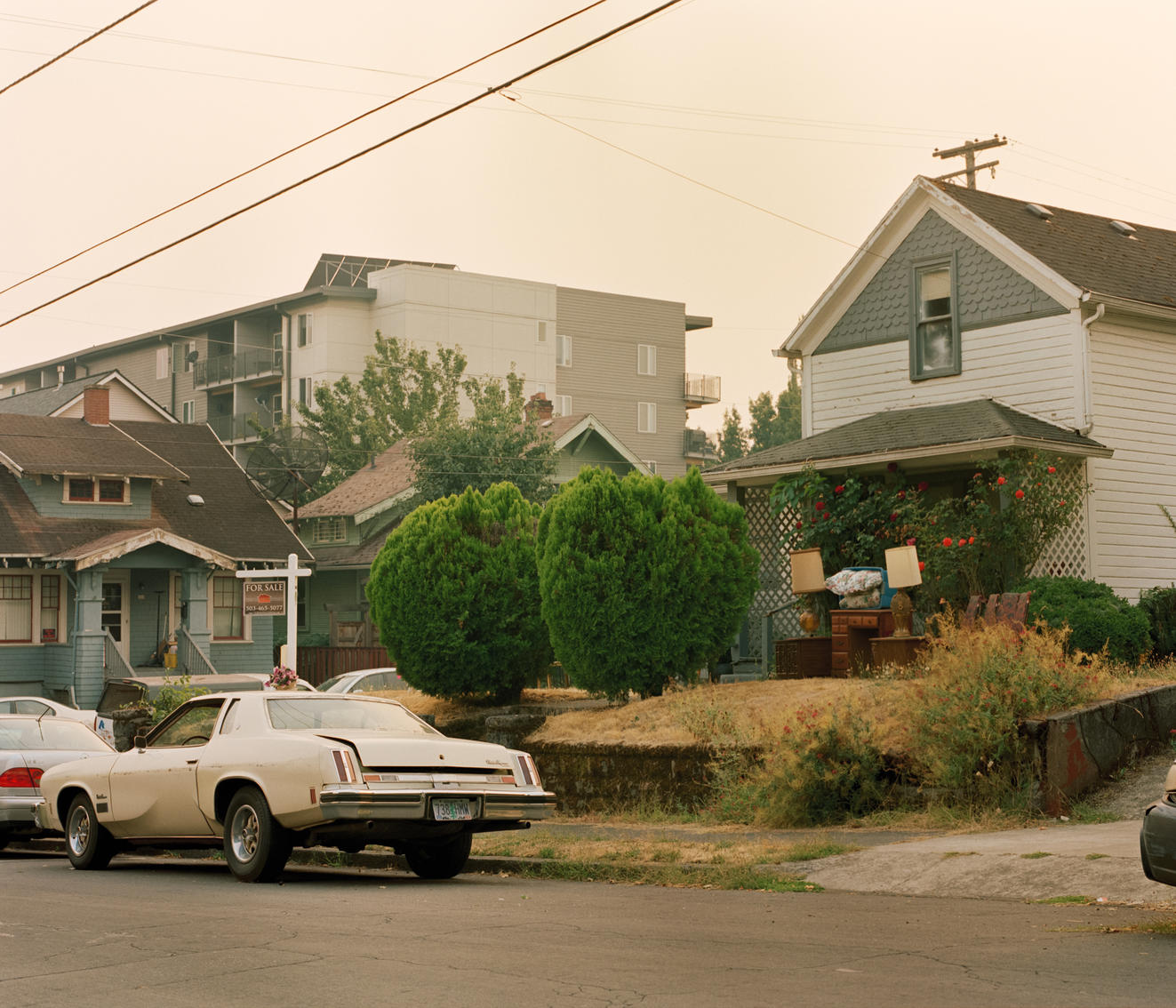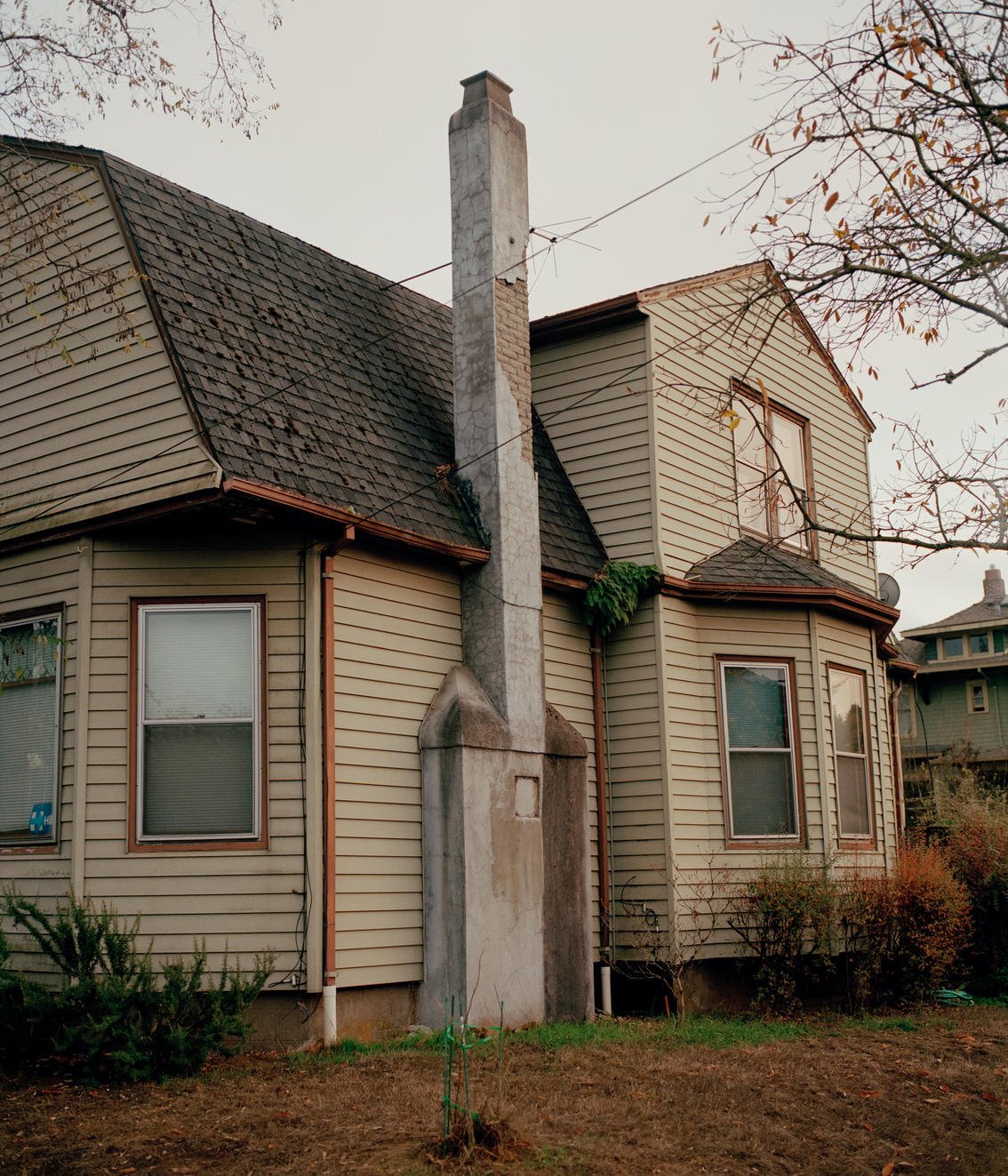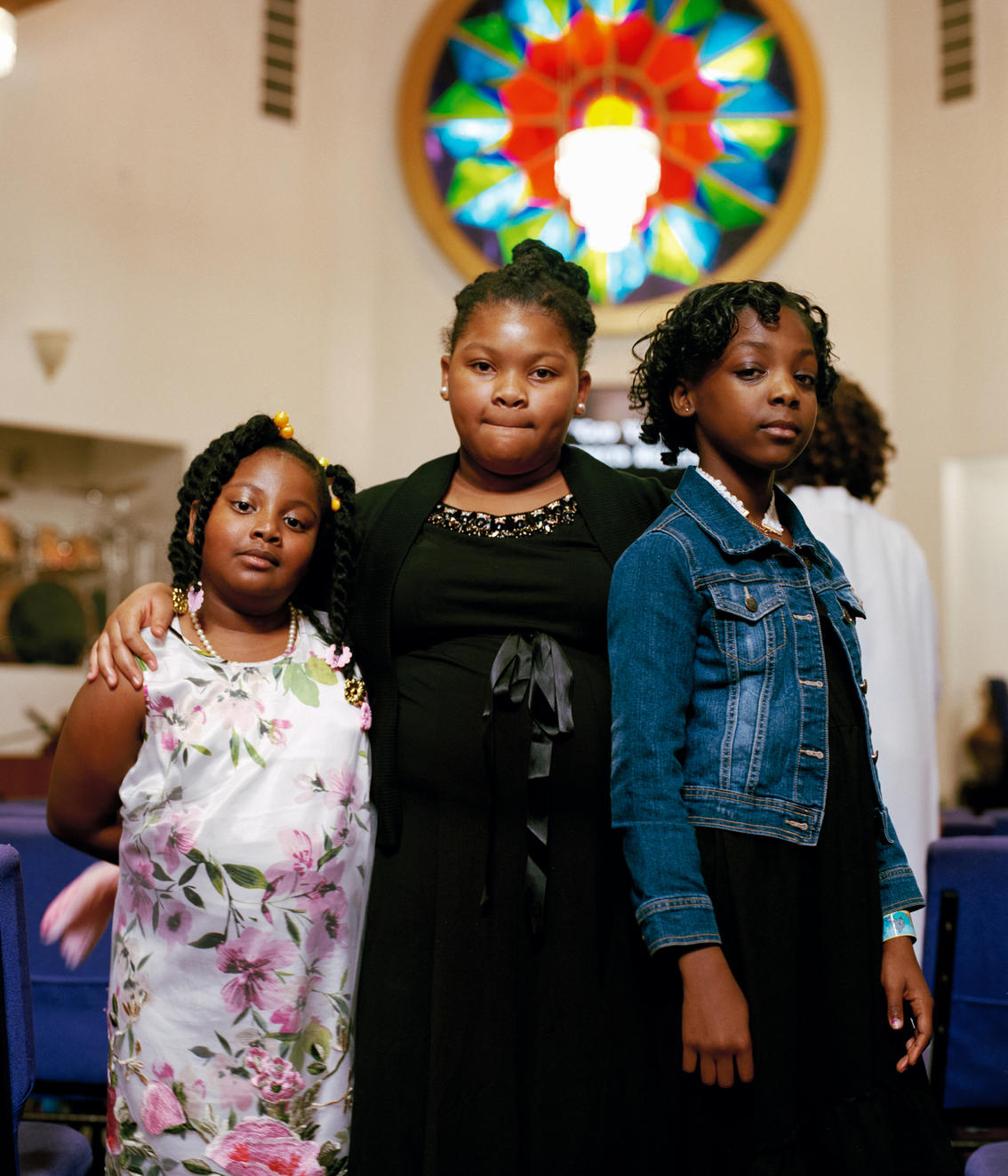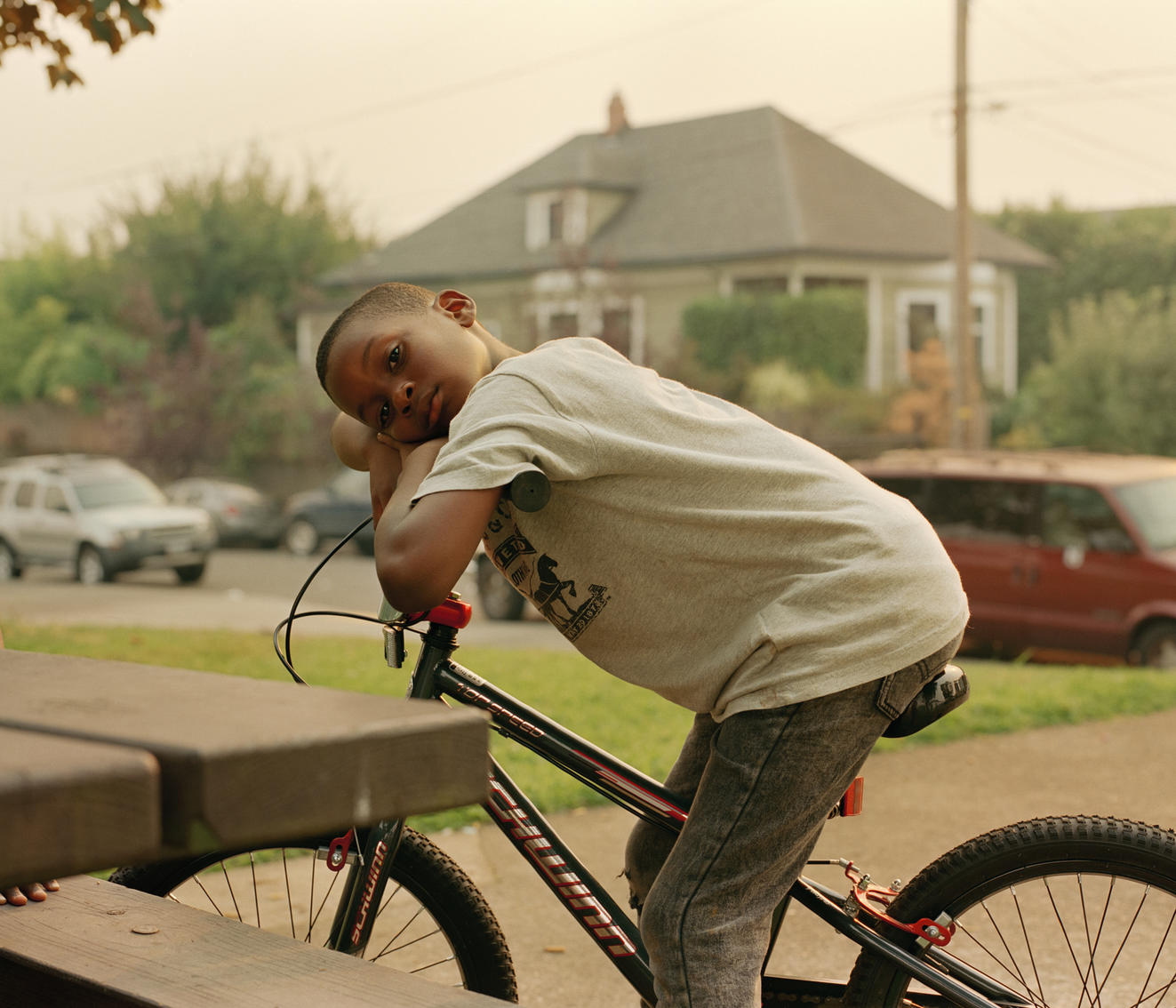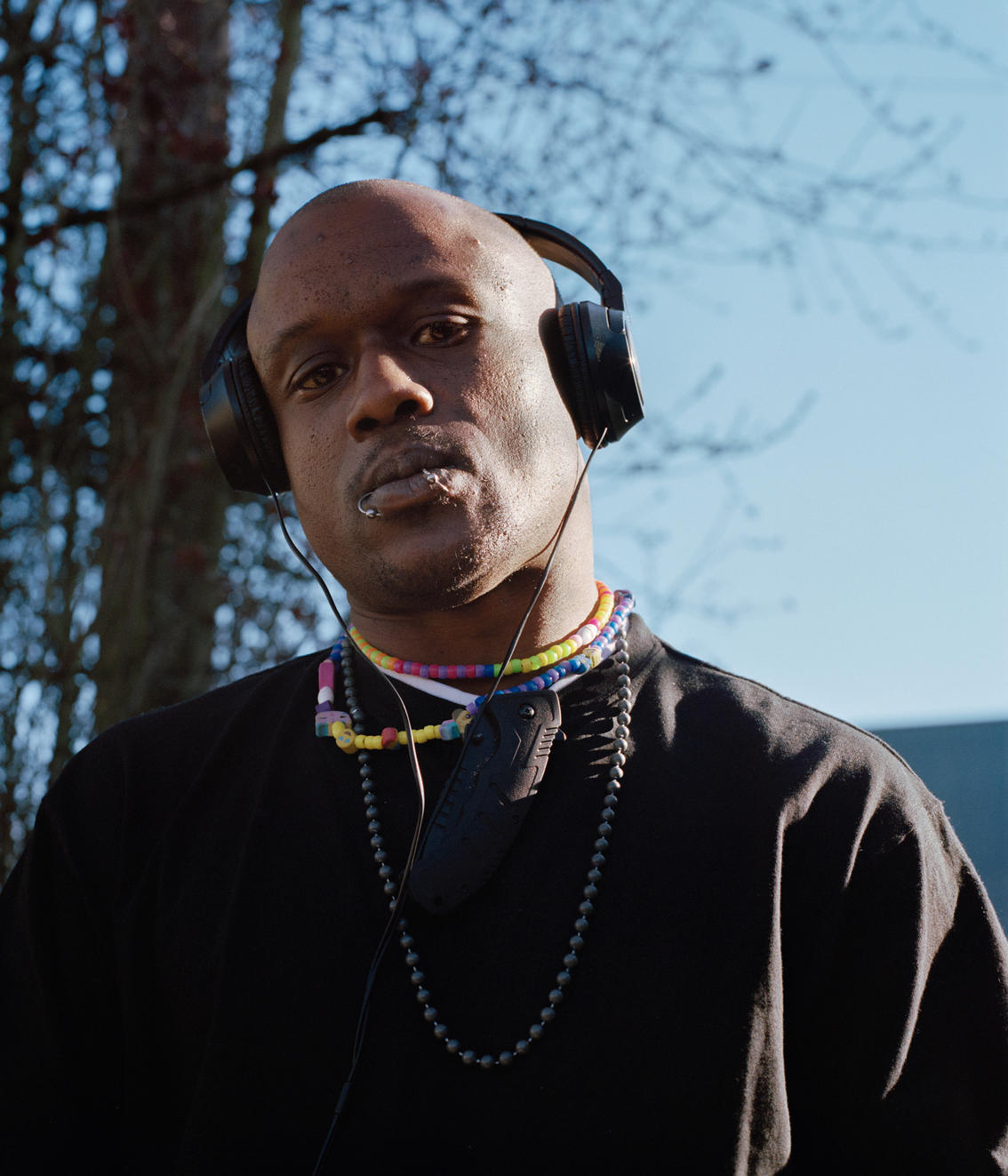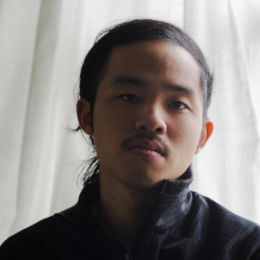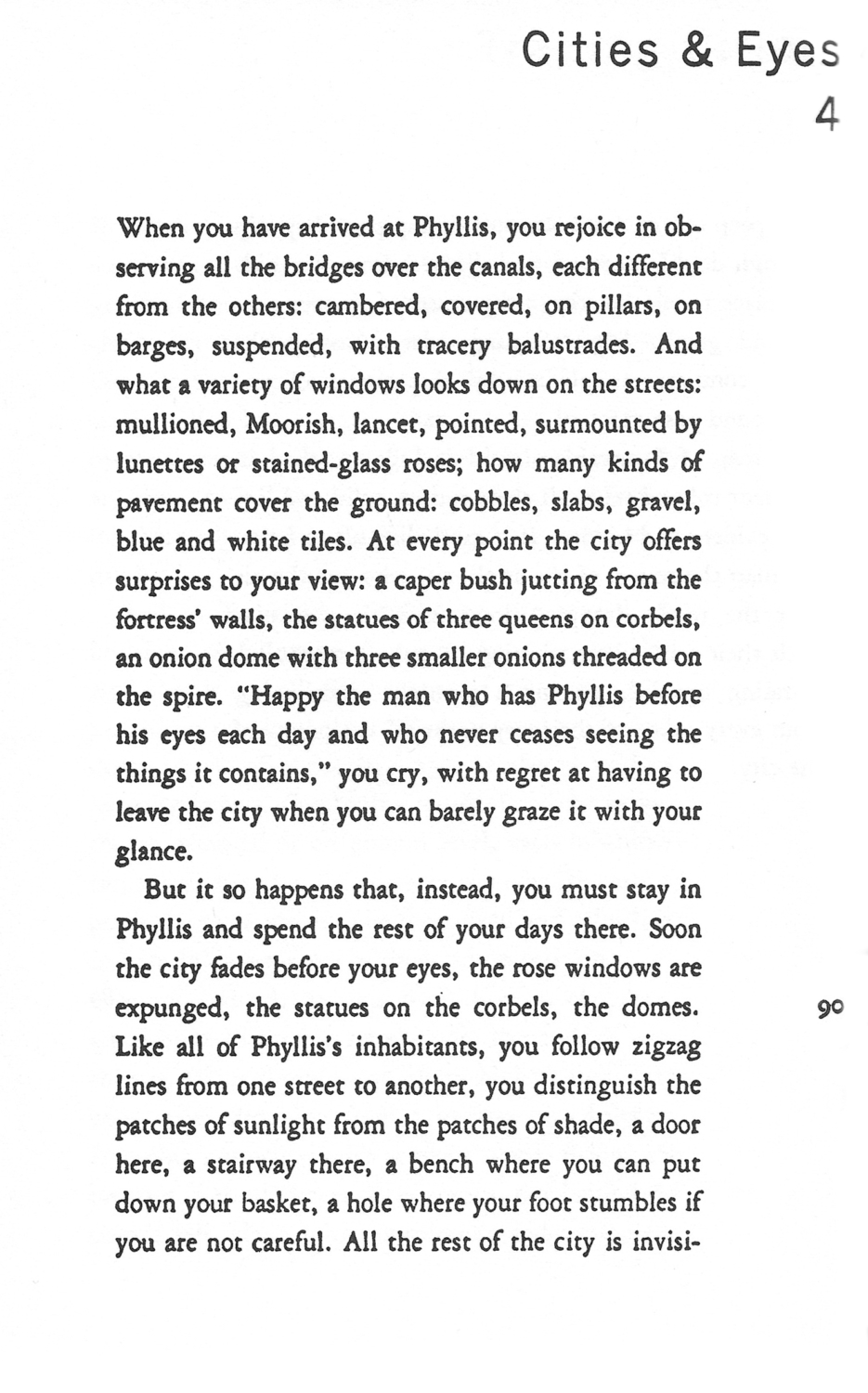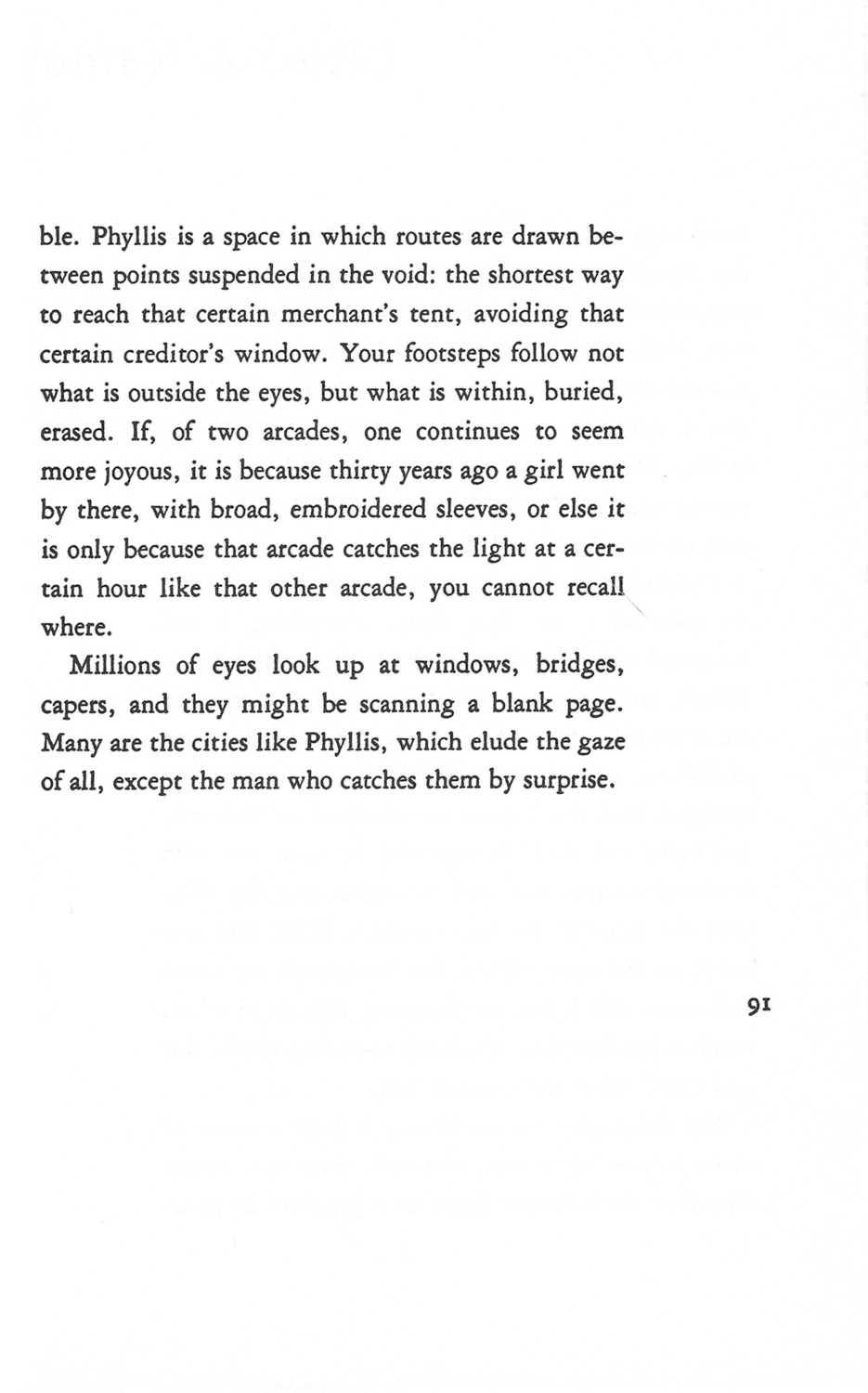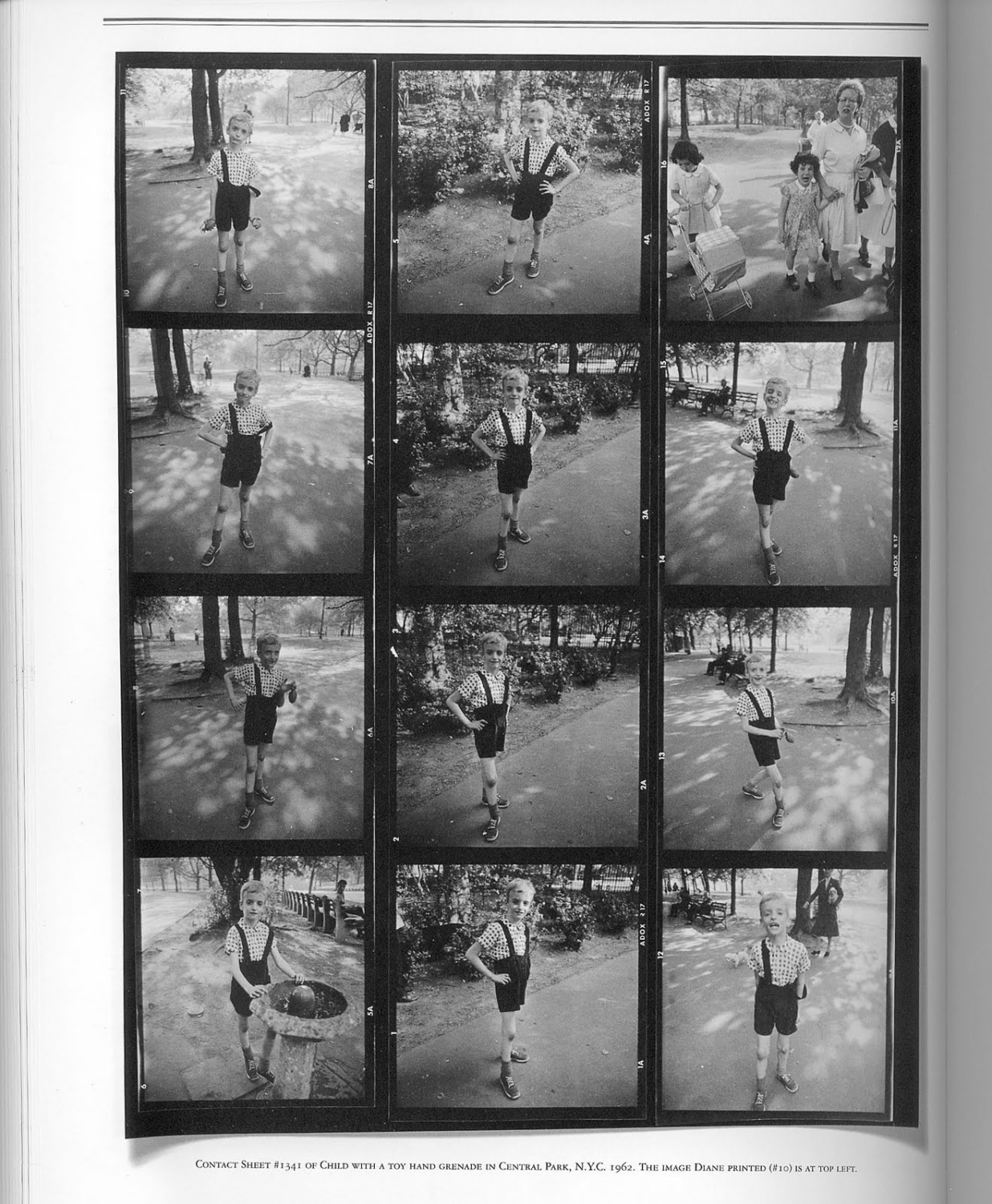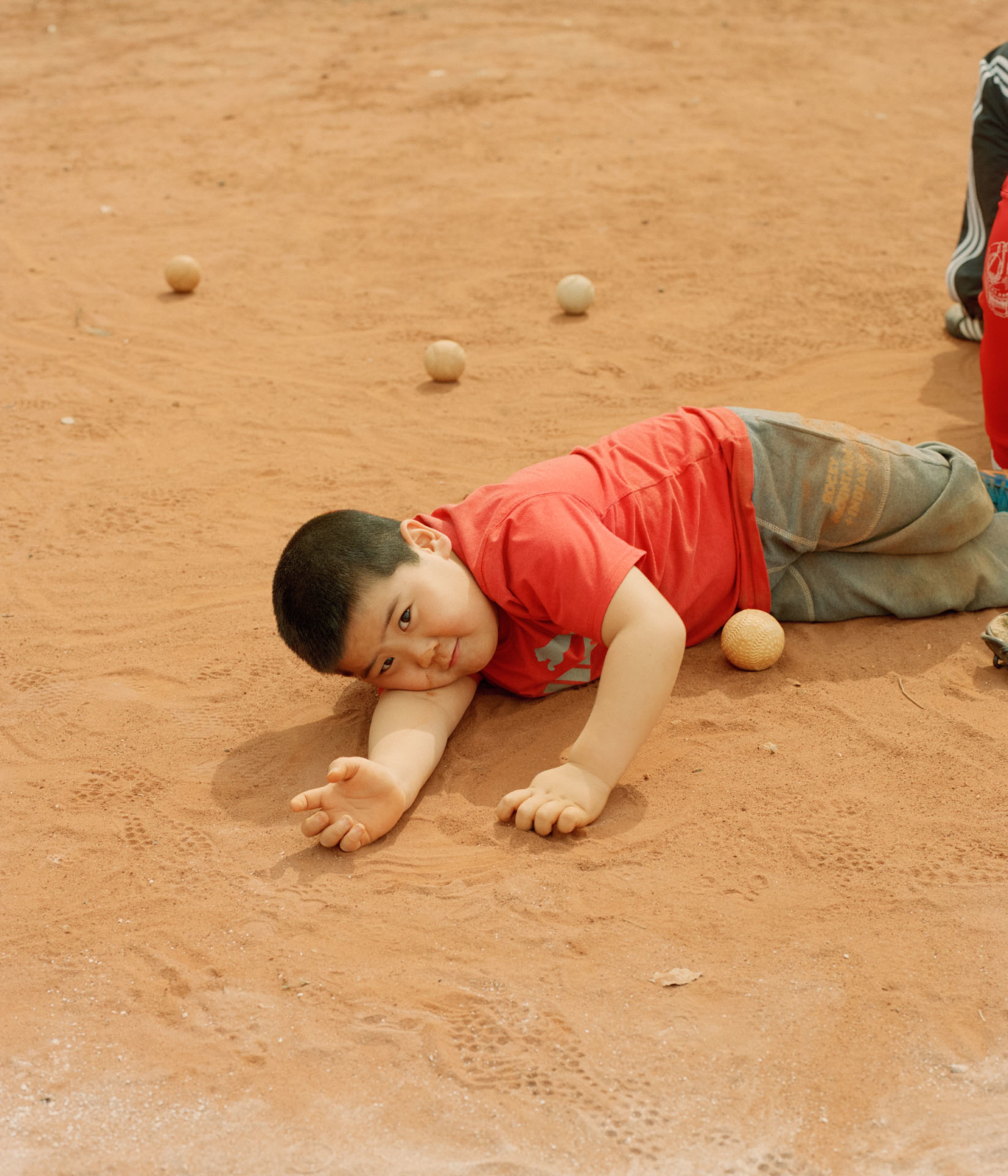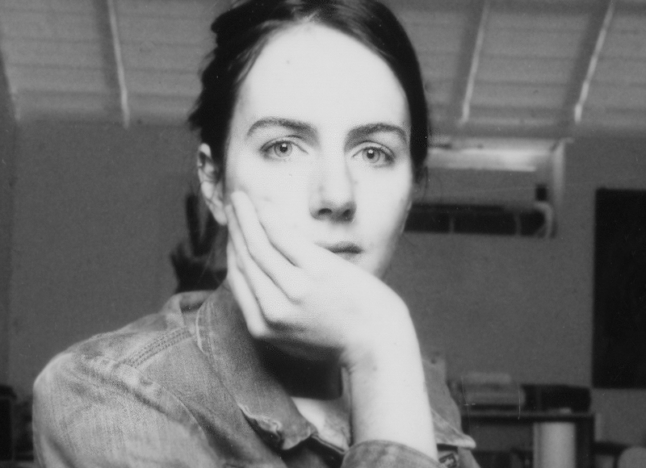Douglas Mandry
Artist Feature
Every week an artist is featured whose single image was published by Der Greif. The Feature shows the image in the original context of the series.
Ricardo Nagaoka - Eden Within Eden
Mar 20, 2019
In a small, cluster of neighborhoods in North Portland, black Americans made their home in a place and time not too far from Oregon’s founding as a “white haven”; a utopian ideal set by the first settlers of this land. Throughout the century, this community has been plagued by a long history of cataclysms and deceptions, inflicted upon them by a system built against people of color. I’ve heard of old wounds that have never healed, stories being slowly forgotten by a city’s conscious. What has happened here is not unique; this entanglement of race and socioeconomic powers are, unfortunately, part of an all too common rhetoric that reverberates throughout America.
Today, these same neighborhoods are now losing grip on what has been historically part of their identities as people are pushed out with the incoming change. Portland has been witness and subject to one of the fastest rates of gentrification in the country, and while condominiums and developments sprout by the day, a pertinent question arises: who benefits from these monuments of progress, and who is left behind?
Artist Blog
The blog of Der Greif is written entirely by the artists who have been invited to doing an Artist-Feature. Every week, we have a different author.
Published in:
»Guest-Room Siobhán Bohnacker«
A Love Letter
Mar 26, 2019 - Ricardo Nagaoka
I’m going to set aside any cynicism for the length of this post because as much as I ponder on my own issues and anxieties, it’s really only because I care so much about what the medium has done for me and countless of other folks. So here goes:
I love how photography has forced me to get out of my introverted self and out into the world. I love the thrill of meeting people you might have never approached otherwise. I love working throughout the day and finally getting the one image that sticks with you for days. I love seeing contact sheets or scrolling through digital images after one of those days you felt everything went right, or when you thought it all went wrong but you find that gem. I love conceptualizing an idea and seeing it come to fruition after months or even years of work. I love how meditative it can be to walk or drive around alone, simply making pictures, where all worry seems to vanish with the road you leave behind.
I love how photography can be incredibly egalitarian, and anyone with a phone can now indulge in this wonderful practice. I love the feeling of making prints, holding them, simply admiring at the physicality of this piece of paper with a slice of the world now a part of it. I love the eureka moment of finding an edit that finally works, especially after toiling away for months on end.
I love pouring over another artist’s work, being inspired by them, learning new perspectives, seeing images you’ve never even thought of making. I love how I can live far away from any major photographic center, yet I can still buy a photographer’s books and experience their work just as they intentioned. I love how photography has connected me to so many wonderful people out in the world, and taken me to places near and far. And I know, it’s so damn corny and sappy to say, but I really do love how photographic images affords us the privilege of experiencing how someone observes the world from their own eyes.
Photography has bestowed me a deep love for the infinite complexities of our world; that nothing is truly absolute; that asking questions is just as exciting as finding answers; and most important of all, it has taught me to be kind, patient, and understanding when it feels like we need it the most.
Cities & Eyes
Mar 25, 2019 - Ricardo Nagaoka
I have recently fallen in love with Italo Calvino’s work. “Invisible Cities”, my first foray into his writings, follows a conversation between Marco Polo and Kublai Khan as the Venetian recounts his travels to the Great Khan. He describes dozens of fictitious cities, each with a unique quality that often mirrors the cities we inhabit, the desires and aspirations that move and form the places we happen upon.
In this excerpt, Marco Polo tells of a city where your arrival is marked by an infatuation with everything we see; every detail of this marvelous city gleams and sparkles. What is foreign is new and exciting. Time eventually passes, and slowly the visitor loses sight of what drew them in at first. They move through the same spaces, except those streets and buildings are now mostly invisible to them.
However, if you just so happen to catch the city by surprise, you might be able to see that shining beauty once again.
Where Are Those Precious Mistakes?
Mar 22, 2019 - Ricardo Nagaoka
Contact sheets (and yes, I do include digital photos whenever I mention these almost relics of the past) really are our closest parallel to what a sketchbook would be for a painter. I sketch out ideas for images, write notes, and journal as much as I can, but to see those frames before and after the final image, one that the viewer is already familiar with, is pretty magical. I remember seeing Diane Arbus’ contact sheet for “Child with Toy Hand Grenade in Central Park” back in college – which could be argued is one of the more famous contact sheets out there, shown in countless Intro to Photography classes – and being fascinated at finally being able to get a glimpse into the process of someone of her stature.
On this single sheet of photographic paper, you see how she first encounters the boy. He’s a bit rigid, probably from having a stranger come over and ask to make pictures of you. He seems like he holds the same statuesque pose, smiles a little bit, then takes a drink from the fountain. Suddenly, like an actor realizing the cameras are rolling, the boy slips out of his left overall suspender, and as if the director has finally called “action!”, he springs onto the stage with confidence and stride. Only a couple of frames over, she happens upon it: the iconic image we all know of the child holding the toy grenade. He stands in an almost cartoonish exasperation, suspender floating over his arm, head slightly tilted, and a hand gripping the air as if it stole his heart. A moment later, with a beaming smile and hands on his hips, he gives Arbus his last pose. Just as quickly as he appeared in the first frame, he vanishes into the midsummer day.
Of course, so much of what I just wrote is conjecture. Contact sheets don’t make photographs any more “real”, but they do give us this wondrous look into a practice that is often solitary. And even for those of us who are familiar with this process, I can’t deny how much I would love to see contact sheets from everyone. Unfortunately, people seldom share these.
And really, I get why.
Photography really is so much more about the editing process: picking the more successful image in a sea of less-than-so options, finding the flow from one picture to the next, doing whatever is necessary to make that image shine. In a medium that already has this palpably tenuous relationship between what is “good image” or “failed” one, exposing our venture to that final image and what came after can feel as though you stand naked in front of the crowd. Will you see how many bad ones I make? The myriad of mishaps that are bound to happen? Does too much context effectively ruining the effect of mystery and surrealism that makes photography so powerful? Is there a worry of eroding the almost mystic quality surrounding the artist who can produce one great image after another?
Or there’s also the case of me possibly being overly romantic about all of this. If you have an answer, please let me know; I really just want to see more mistakes out in the world.
Maintaining Trust In The Process
Mar 21, 2019 - Ricardo Nagaoka
Photography is hard. It’s really, really hard. Anyone who makes images diligently can tell you that just as in any other artistic medium, process is indelibly crucial. You can’t dig deeper if you don’t let yourself fail a couple hundred times. But here’s the part that can be incredibly frustrating at times: process is inherently invisible in photography. There is no artist’s hand. The machine is perfect, and in its perfect rendition I find myself lost. It doesn’t help that at a certain level, we all acknowledge that viewers consume images faster than ever before. Content consumers, scrolling and tapping, any corner of the world at your fingertips, with a diminishing amount of regard for how we consume images? Is that all we are?
These thoughts have, and still do at times, throw me into one of those existential crises we’re all familiar with. And I ask myself why, why do I subject myself to this?
I have been blessed through the years to be surrounded by passionate people, who’s own curiosities push themselves, and by proxy, each other. We try to remind each other to simply trust the process, yet the toughest part isn’t the first cultivation of this mental mantra; it’s the maintenance of this trust that has stopped me dead in my tracks. I wish I could say I learned the first time, but it’s happened over, and over, and more times than I’d like to admit.
When you look at a contact sheet, or download a day’s worth of images from your camera’s card, and you see that 99% of it feels like the same pictures you made in Photo 101, what do you do then? Or when you realize that the picture you are so proud of making turns out to be a subconscious, carbon copy of what you’ve already seen 12 different people make? What then?
These are the very moments I have to remind myself to let go of my tendencies to overthink and over-complicate, go with the intuition and perspective that got you to a certain point and trust the process. I absolutely, without question, love photographs, and for that I do subject myself to these anxieties, I still keep making pictures, and pictures keep finding their way to my heart, because it has always proven itself to be worth it.


